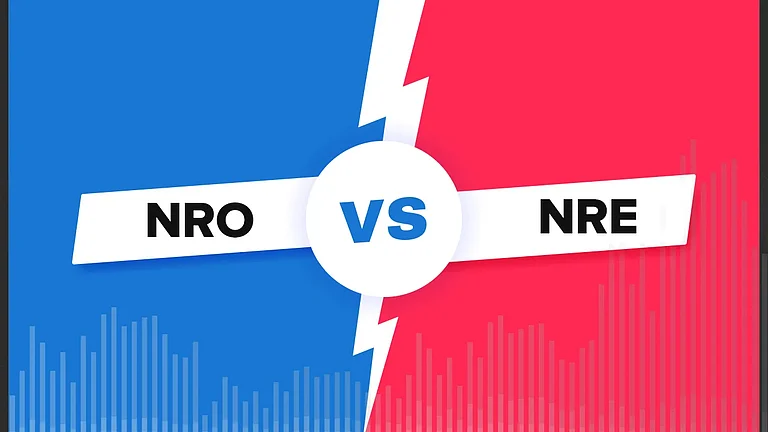Non-Resident Indians (NRIs), Persons of Indian Origin (PIOs), and Overseas Citizens of India (OCIs) usually have the problem of being taxed twice on the same income—first in India and then again in the country where they are residing. To prevent such double taxation and lessen the burden of tax, India has entered into Double Taxation Avoidance Agreements (DTAAs) with over 90 nations, including the US, UK, UAE, Canada, and Australia.
How NRIs Can Escape Double Taxation: Guide To DTAA Benefits
India's tax agreements with more than 90 countries assist NRIs in minimising tax on income from India
What Is DTAA
A DTAA is a bilateral treaty between two nations that specifies how and where a specific kind of income is to be taxed. It prevents income from being taxed twice, and in most instances, it lowers the applicable tax rate. For NRIs, what this translates to is income received in India—like interest on fixed deposits, dividend, or rental income—is taxed at a lower rate or exempted, as may be specified under the terms of the treaty.
Nature Of Income Included In DTAA
NRIs under DTAA can escape double taxation on the following natures of income:
Salary received in India
Income from house property in India
Capital gains arising from the transfer of Indian assets
Interest received on fixed deposits or savings bank accounts in India
Dividends paid by Indian companies
For instance, in the absence of DTAA, interest on NRO fixed deposits is subject to taxation at 30 per cent in India. But after a DTAA has been signed, the rate of taxation can be brought down to 10 or 15 per cent depending upon the residence country.
Steps To Claim DTAA Benefits
To enjoy the tax benefit under DTAA, NRIs need to comply with a few important steps:
1. Get a Tax Residency Certificate (TRC) from the tax authority of the country where they reside. This certificate establishes the fact that the person is a tax resident of that country.
2. Complete and file Form 10F, which comprises personal information, tax identification number, and validation of tax residency.
3. Reference their Indian PAN while filing the claim to enable correct credit and compliance.
4. Forward these documents to the Indian source of income—like a bank or employer—so that reduced TDS can be deducted.
5. Submit their Indian Income Tax Return (ITR) along with the TRC and Form 10F in support of their DTAA claim.
Recent Changes That Favour NRIs
The Union Budget 2025-26 introduced some changes applicable to NRIs. First, in the new tax regime, updated slabs can reduce tax burdens for most taxpayers, including NRIs. Second, the benchmark of Tax Collected at Source (TCS) on overseas remittances has been raised from Rs 7 lakh to Rs 10 lakh under the Liberalised Remittance Scheme (LRS), providing more ease.
Another important shift is that education remittances if received through loans from designated finance institutions, are exempted from TCS. This is welcome news for NRIs sponsoring children abroad.
Why Timely Compliance Is Important
To qualify for DTAA benefits, NRIs have to submit the required paperwork prior to the deadline for income tax return, which is typically July 31. Failure to do so will attract denial of treaty benefits, with consequent full TDS deductions and request a refund subsequently.
NRIs also need to know the specific DTAA conditions in their country of residence. Provisions under each treaty are different, such as the tax rates under which various incomes are taxed or exempted.
